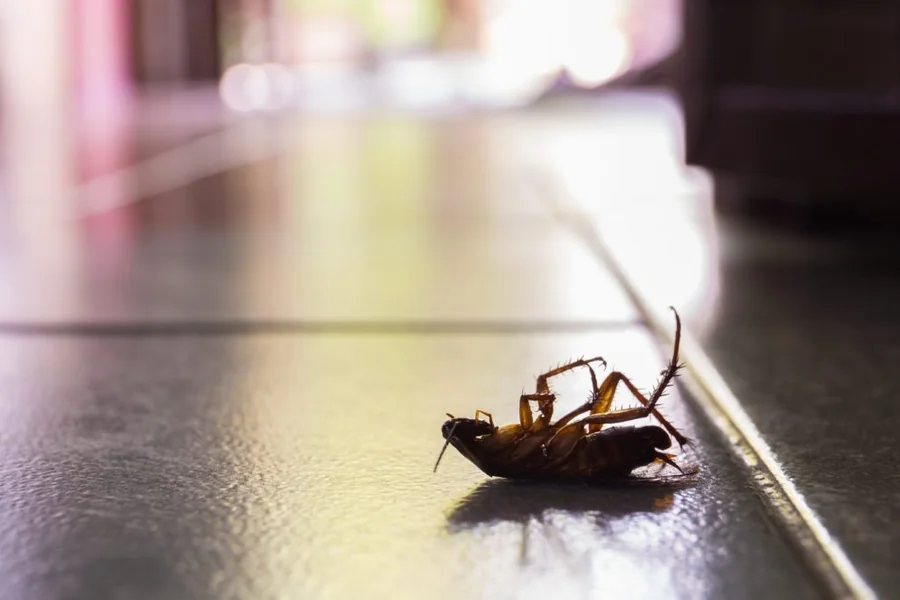Unfamiliar smells or strange noises inside a home can raise questions, but they are often dismissed. Many property owners chalk them up to plumbing issues, seasonal changes, or general household quirks. Over time, these subtle signs tend to blend into the background, especially when no visible damage is present.
However, these early clues may suggest something more troubling: the presence of pests within walls, attics, or under floors. In such cases, quick attention can help avoid long-term problems. Residential pest control becomes especially valuable when these signals are traced to hidden infestations. This article highlights what certain sounds or odors might indicate and how to recognize when professional intervention is necessary.
Odd, Musty Odors in Low-Traffic Spaces
Strange scents in basements, garages, or behind appliances may signal an unseen issue. Rodents tend to leave behind a sharp, ammonia-like odor due to urine accumulation. Cockroaches release an oily, musty smell that worsens as their population increases.
These smells often become stronger with time and are most noticeable in still, enclosed areas. If cleaning and ventilation do not eliminate the odor, pest activity may be the cause. Identifying the source early can help prevent future infestations from taking hold.
Noises in the Walls or Ceilings at Night
Subtle noises in the walls—like scratching, scuttling, or squeaking—can be alarming. These sounds are often more noticeable at night when household activity slows and pests become active. Mice, rats, and even insects like termites and carpenter ants create soft but distinct sounds while moving or feeding. Homeowners may initially mistake these for settling pipes or HVAC systems. When the noises persist or follow a pattern, a closer inspection is advised.
Visible Damage to Cables or Soft Materials
Unexplained damage to electrical cords, insulation, or baseboards can point to pest problems. Rodents, in particular, chew wires and plastic surfaces, which creates both safety and operational concerns. Chewed cables may lead to appliance malfunctions or even electrical fires. Insulation material may also be shredded for nesting purposes, especially in attics or crawl spaces. Early detection can reduce repair costs and stop further deterioration.
Traces Left Behind by Intruders
Even if pests are rarely seen, they leave behind signs of their presence. Small droppings, stains, or scattered debris can indicate high-traffic zones used by rodents or insects. Some animals leave grease marks along walls or baseboards from the oil in their fur. These markings tend to reappear even after regular cleaning, which suggests active movement through the area. Monitoring these clues and calling in specialists can help confirm their origin.
Damage to Stored Food or Wrapping Materials
Pests often target kitchens and pantries where dry food is stored. Holes in packaging, gnawed plastic bags, or crumbs near sealed containers could indicate rodent activity. Shredded paper or cardboard found in drawers or storage bins may also be part of a nest. Keeping food in sealed, hard plastic or glass containers is one way to reduce risk. However, if damage occurs repeatedly, intervention becomes necessary.
Pets Reacting to Unseen Movement
Animals are highly sensitive to sounds and scents that humans may not notice. Dogs might bark, growl, or stare intently at one spot on a wall. Cats may paw at furniture or investigate corners for no visible reason. When pets behave this way consistently, there may be movement or sound coming from behind surfaces. Their reactions can offer an early warning before the damage becomes visible.
Late-Night Activity Signals a Bigger Issue
Many common pests are nocturnal, meaning they stay hidden during daylight and emerge after dark. Soft clicking, rustling, or gnawing noises during quiet hours are frequently mistaken for the house settling. However, if these sounds repeat consistently, they warrant closer inspection. Listening closely during early morning or late-night hours can sometimes reveal patterns. These are the times when inspections can be most effective in identifying the source of concern.
When Expert Pest Control Becomes Essential
Addressing a pest problem early is the best strategy to avoid serious consequences. Many property owners wait until visible signs, such as nests, droppings, or damage, become unavoidable. But smells and sounds are among the first indicators of hidden activity. At this stage, residential pest control services can offer targeted help to diagnose and solve the problem.
Specialists use monitoring equipment and experience to trace activity in hard-to-reach areas. Once the issue is confirmed, treatment plans help not only remove the infestation but also prevent future reentry. Maintaining cleanliness and closing entry points supports long-term prevention efforts.
Residential pest control plays a crucial role when odd sounds or smells begin to raise suspicion in a home. These early clues should not be dismissed as harmless quirks, especially when they persist or become more pronounced. Acting on these signs can protect both property and health while minimizing disruption. Homeowners who take these cues seriously are better positioned to manage problems before they escalate. Prevention and prompt action remain the most effective tools in keeping a home pest-free.


